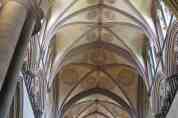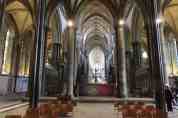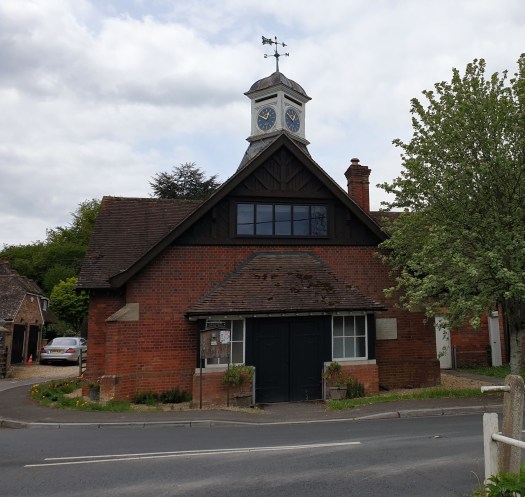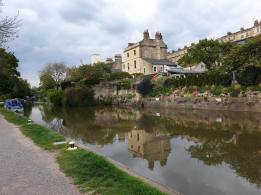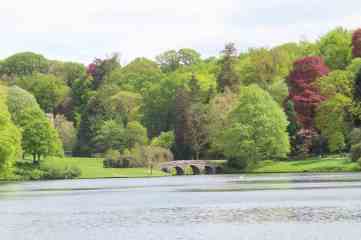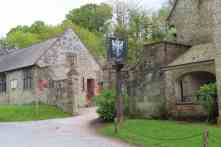On Monday 6 May we drove from Bath to Salisbury to look at the Cathedral. About ten miles west of Salisbury we passed the Fovant Badges, regimental badges and other images cut into a chalk hill there. One of these incised badges is the Rising Sun, the official insignia of the Australian Army. Australian units stationed near Fovant from 1917 dug the turf and created the badge. Greg’s great uncle John Percy Young (1896-1918) was stationed at various military camps on the Salisbury Plain during 1917; he was possibly one of these soldiers.


We enjoyed Salisbury Cathedral and the many monuments it contains.
The Cathedral has a copy of the Magna Carta, one of only four copies surviving from 1215; there had been thirteen copies. It took neat writing and small letters to fit all the Barons’ demands on a single sheet of vellum. If Bad King John had been Even Badder King John another stretch of sheepskin would have been required, I suppose.
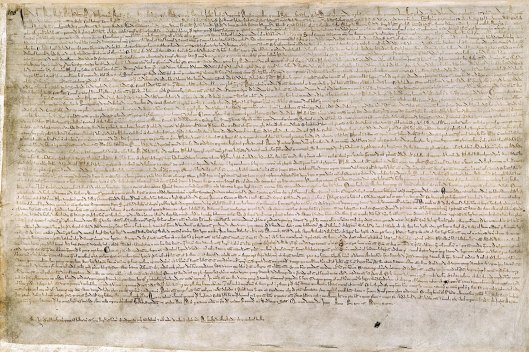
We couldn’t take a picture of the Magna Carta at Salisbury – it is very fragile and housed in a small darkened room in the Chapter House. This is an image from the British Library of another copy.
We visited Mompesson House, a National Trust Queen Anne house in the Cathedral close.
After lunch in a pub at Cholderton we drove north to Avebury. The gardener at the pub didn’t seem to understand plain English. No matter how loud and slowly we spoke to him he couldn’t tell us where we were. Our car’s GPS gave us a clue, but even it was a bit off course.
Avebury – possibly the cause of these strange geographical phenomena – is the site of a neolithic stone circle, the world’s largest. Avebury has a museum and nearby there is a manor with its garden. We looked in the museum, wandered around the garden, and walked half-way around the stone circle.

West Kennet Long Barrow just south of Avebury
It was May Day and we saw some May Day festivities, with maypole dancing and Morris dancing.
Back in Bath we went for a walk along the Avon and Kennet canal below our house on Widcombe Hill. Greg and Peter helped with opening the locks for a boat making its way up the canal. The help was possibly more of a hindrance: Greg caught a line from one of the boats and with a very fine Lighterman’s Hitch made it fast to a bollard. The bloke on the boat had to drag himself over and cast off.







